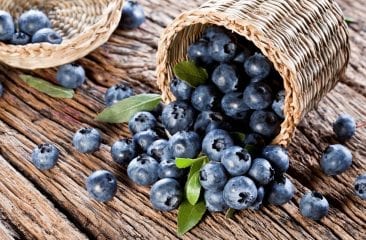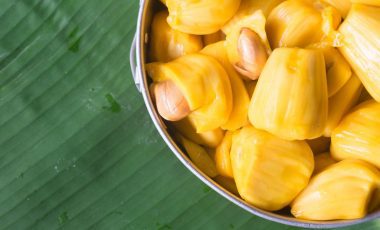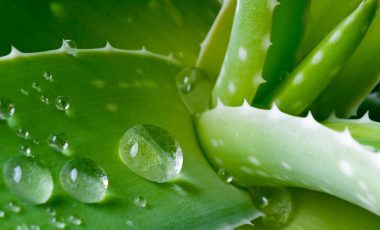It’s tempting to bite right into freshly harvested crisp green beans. But can they be eaten raw?

It doesn’t matter if they are princess beans, string beans or French beans: the juicy green beans look delicious when picked fresh from the garden. But you’ve probably also heard that green beans should never be eaten raw. We will clear up whether this is true or not and show you the avoidable consequences of eating the raw vegetable. So, read on to learn how to properly prepare green beans.
Raw vegetables are considered a healthy snack when you are peckish between meals. But take care. Not every vegetable can be eaten raw without question, and this includes the green bean. Botanically speaking, it is a member of the legume family, to which both bush beans and pole beans belong. It originated in Central and South America, but found its way to Europe in the 16th century. Since then, the delicate beans have enjoyed great popularity, so much so that nowadays they can be found in supermarkets throughout the year either as fresh produce, frozen food or in cans.
And green beans not only taste delicious, but are also incredibly good for you. With its high protein content, this vegetable is a real powerhouse, but green beans also contain plenty of fibre, vitamins such as vitamin B2 and B6, and various minerals such as potassium and calcium. But why must beans not be eaten raw?

Toxins in raw beans
The reason to be extra careful with uncooked green beans is because of something called phasin. This is a toxic protein compound found in particular in the seeds and pods of the green common bean. This toxic substance is also present in other legumes such as white and red kidney beans. Phasin is dangerous for the humans because it agglutinates the red blood cells and thus impedes the transport of oxygen in the body.
If green beans were to be consumed raw, the consequences would be unpleasant. Typical symptoms are headaches, nausea, vomiting, and diarrhoea, in worse cases even bleeding in the lymphatic tissue, intestinal inflammation or water retention. Consumption of this raw vegetable is especially dangerous for children. That’s because: the low body weight of children ensures that as few as five to six raw beans are sufficient to cause the symptoms mentioned above. If a large amount of uncooked beans are consumed the result could be fatal. To avoid this, however, there is a simple solution.

Stay safe and cook the beans for long enough
Gentle steaming and cooking for a crisp, fresh consistency and the preservation of many vitamins is common practice in many households. Unfortunately, although this may work really well for many vegetables, it does not apply for green beans. To destroy the toxic protein compounds, you should heat the beans sufficiently for at least ten minutes until they are no longer firm to the bite. If you want to be on the safe side, it is better to leave the beans in the boiling water for 15-20 minutes, as this will ensure that the vegetable seeds have also been sufficiently heated through. Also important: the cooking water also contains a considerable amount of the toxic phasin, so this should definitely be discarded after preparation. If you follow these two tips, you can enjoy the delicious beans without any worries! After all, this delicious vegetable really should be made the most of.

Use, preparation & storage
Green beans can be used in a variety of ways. They are especially popular in stews and soups, wrapped in bacon, or simply used as a side dish or salad. To get your green beans ready for the pot, all you need to do is cut off the stem base and the top of the bean. For older beans, it’s also a good idea to remove the strings, as they can be annoying when you are chewing. Then, all you have to do is cut the beans into their desired length and cook them sufficiently. Here’s a little tip: add a teaspoon of baking soda and baking powder to the cooking water, so the green beans do not lose their vibrant colour. Also a handy hint: try adding different spices such as cumin, savory and coriander in bean dishes. They make the vegetable easier to digest.
If you do not want to use your beans directly, you can of course store them for a certain time in your Liebherr refrigerator. In your BioFresh Fruit & Vegetable Safe, the green beans will keep for about eleven days. Of course, you can also freeze the vegetable – so you’ll be able to keep the delicious beans for a whole 15 months. To maintain their green colour when freezing, it is recommended to blanch the vegetables briefly before putting them in the freezer.

#myth, #greenbeans, #beans, #beansfromthegarden, #princessbeans, #stringbeans, #frenchbeans, #protein, #phasin, #toxic, #stew, #soup





